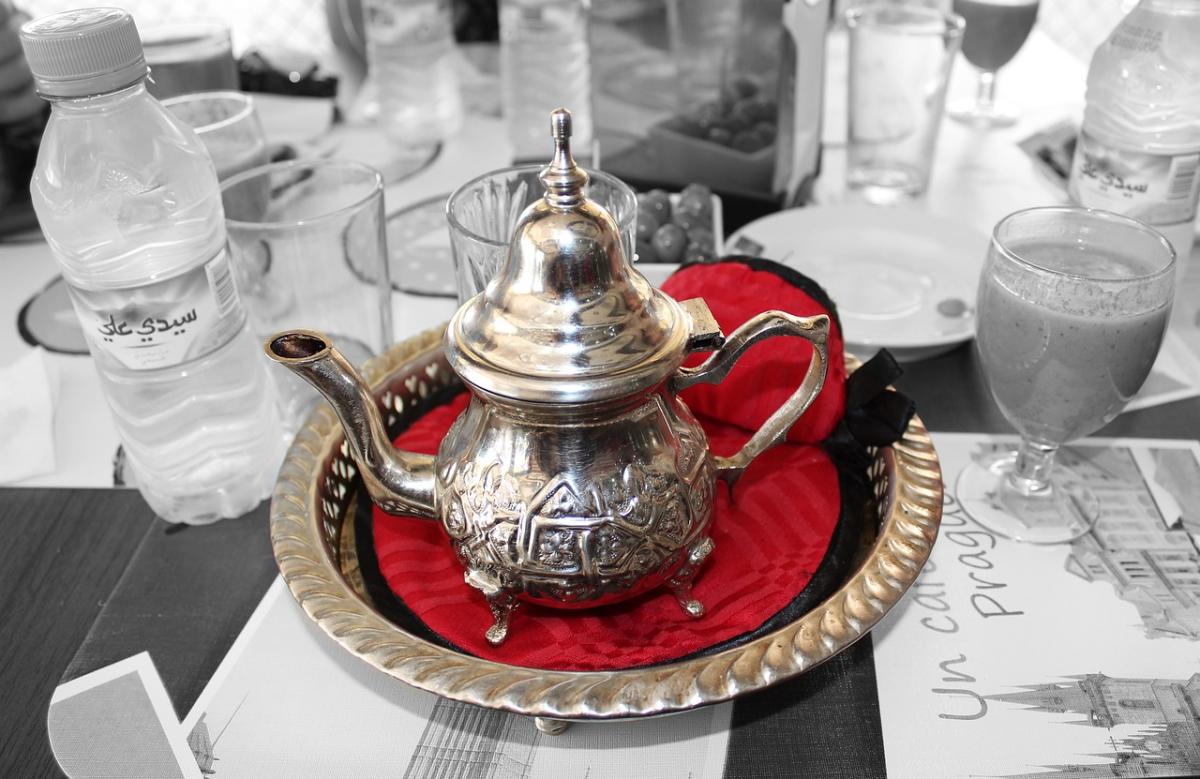
Sipping Elegance: Moroccan Tea Culture
Morocco is a country of contrasts, where ancient traditions coexist with modern influences. One of the most distinctive aspects of Moroccan culture is its tea ceremony, which reflects the values of hospitality, respect, and artistry. In this article, we will explore the history, preparation, and etiquette of Moroccan tea culture, and how it has become a symbol of the Moroccan identity.
The History of Moroccan Tea Culture
Tea was not always a part of Moroccan culture. In fact, it was introduced relatively late, in the 18th century, by the British traders who were looking for new markets for their tea exports. They brought with them a type of green tea from China, known as gunpowder tea, because of its resemblance to small pellets of gunpowder. The Moroccans found this tea too bitter and strong, so they added sugar and fresh mint leaves to make it more palatable. They also adopted the British practice of boiling water in a metal kettle, which they called a berrad.
The popularity of tea in Morocco increased in the 19th century, when it became a commodity of exchange and diplomacy. The Moroccan sultan, Moulay Ismail, used tea as a gift to his allies and enemies, as well as to his subjects. Tea also became a symbol of status and wealth, as only the rich could afford to buy it. Tea was also used as a medicine, as mint was believed to have healing properties for stomach ailments and headaches.
Tea soon became an integral part of Moroccan social life, as it was served to guests as a sign of hospitality and respect. The tea ceremony also became an occasion for conversation, negotiation, and entertainment. The Moroccans developed their own style and etiquette of preparing and serving tea, which they called atai. Atai is not just a drink, but an art form that requires skill, patience, and grace.
The Preparation of Moroccan Tea
The preparation of Moroccan tea is a ritual that involves several steps and gestures. The main ingredients are gunpowder green tea, fresh mint leaves (preferably spearmint), sugar (preferably white), and boiling water. The equipment consists of a berrad (a metal kettle with a long spout), a teapot (usually made of silver or brass), and small glasses (usually decorated with colorful patterns). The following is a typical procedure for making Moroccan tea:
- First, the berrad is filled with water and placed over a fire or stove to boil.
- Next, the teapot is rinsed with hot water to warm it up.
- Then, a few teaspoons of gunpowder tea are added to the teapot, along with some hot water. The teapot is swirled gently to wash the tea leaves and remove any dust or impurities. This water is then discarded.
- After that, more hot water is added to the teapot, along with sugar (usually a generous amount) and mint leaves (usually a large bunch). The teapot is placed on top of the berrad to simmer for about 10 minutes. This allows the flavors to infuse and the sugar to caramelize.
- Finally, the tea is ready to be poured. This is done by holding the teapot high above the glasses and pouring a thin stream of tea into each glass. This creates a layer of foam on top of the tea, which is considered desirable. The pouring also aerates the tea and enhances its aroma. The first glass of tea is usually poured back into the teapot to mix the ingredients better. The second glass is offered to the host or the eldest guest as a gesture of respect.
The Etiquette of Moroccan Tea
The etiquette of Moroccan tea is based on the principles of hospitality, respect, and generosity. The following are some of the rules and customs that govern Moroccan tea culture:
- Tea is usually served three times during a visit: when the guests arrive, after the meal, and before they leave. Each time, the tea has a different taste and meaning: the first cup is bitter like life, the second cup is sweet like love, and the third cup is gentle like death.
- Tea is always served by the host or the head of the household (usually a man), who sits near the fire or stove where the berrad is kept warm. The guests sit around him in a circle or on cushions on the floor.
- Tea is always accompanied by snacks or sweets, such as dates, nuts, cookies, or pastries. These are placed on a tray or a low table in front of the guests.
- Tea is always accepted with gratitude and appreciation. It is considered rude to refuse tea or to drink too little or too much. The ideal amount is three glasses per person.
- Tea is always drunk from small glasses that are held by the rim with the thumb and index finger. The glass should not touch the lips or teeth. The tea should be sipped slowly and quietly, without slurping or blowing. The glass should be emptied completely before placing it back on the tray or table.
- Tea is always praised and complimented by the guests, who express their admiration for the host’s skill and generosity. The host, in turn, thanks the guests for their presence and friendship.
The Symbolism of Moroccan Tea Culture
Moroccan tea culture is more than just a way of drinking tea. It is a way of expressing the Moroccan identity and values. Tea is a symbol of hospitality, as it welcomes guests and strangers with warmth and kindness. Tea is a symbol of respect, as it honors the elders and the guests with the best quality and service. Tea is a symbol of generosity, as it shares the wealth and abundance with everyone. Tea is a symbol of artistry, as it showcases the skill and grace of the host. Tea is a symbol of harmony, as it blends different flavors and ingredients into a balanced and delicious drink.
Moroccan tea culture is also a reflection of the Moroccan history and geography. Tea is a product of trade and exchange, as it connects Morocco with other countries and cultures. Tea is a product of diversity and adaptation, as it incorporates different elements from different regions and traditions. Tea is a product of nature and environment, as it depends on the quality and availability of water, tea leaves, mint, and sugar.
Moroccan tea culture is a rich and fascinating phenomenon that deserves to be explored and experienced. It is a way of sipping elegance, as well as a way of living with grace.
Conclusion
Moroccan tea culture is one of the most distinctive aspects of Moroccan culture. It is a tradition that dates back to the 18th century, when tea was introduced by the British traders. It is a ritual that involves several steps and gestures, from preparing the tea with gunpowder green tea, mint leaves, sugar, and water, to pouring the tea with a high spout into small glasses. It is an etiquette that follows the principles of hospitality, respect, and generosity, from serving the tea three times during a visit, to accepting the tea with gratitude and appreciation. It is a symbolism that expresses the Moroccan identity and values, from showcasing the skill and artistry of the host, to blending different flavors and ingredients into a harmonious drink.
Moroccan tea culture is more than just a way of drinking tea. It is a way of sipping elegance.
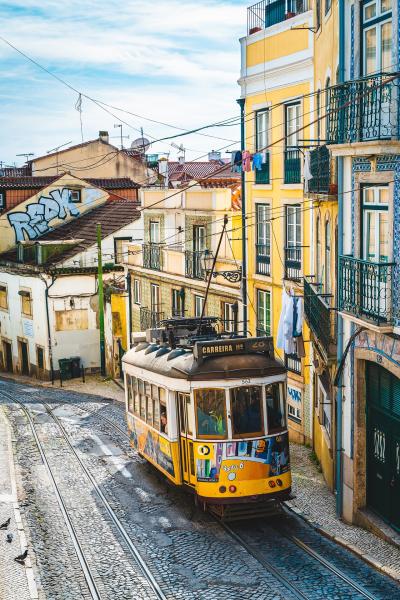
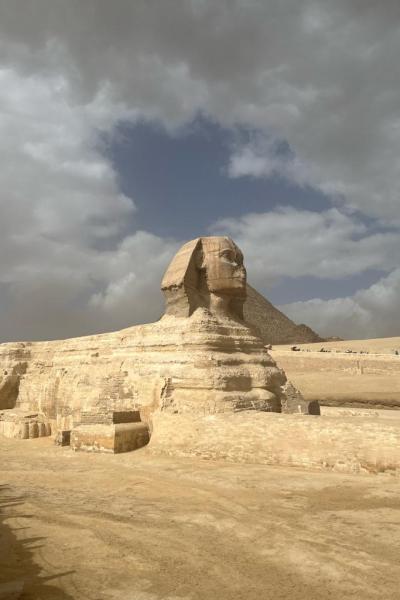
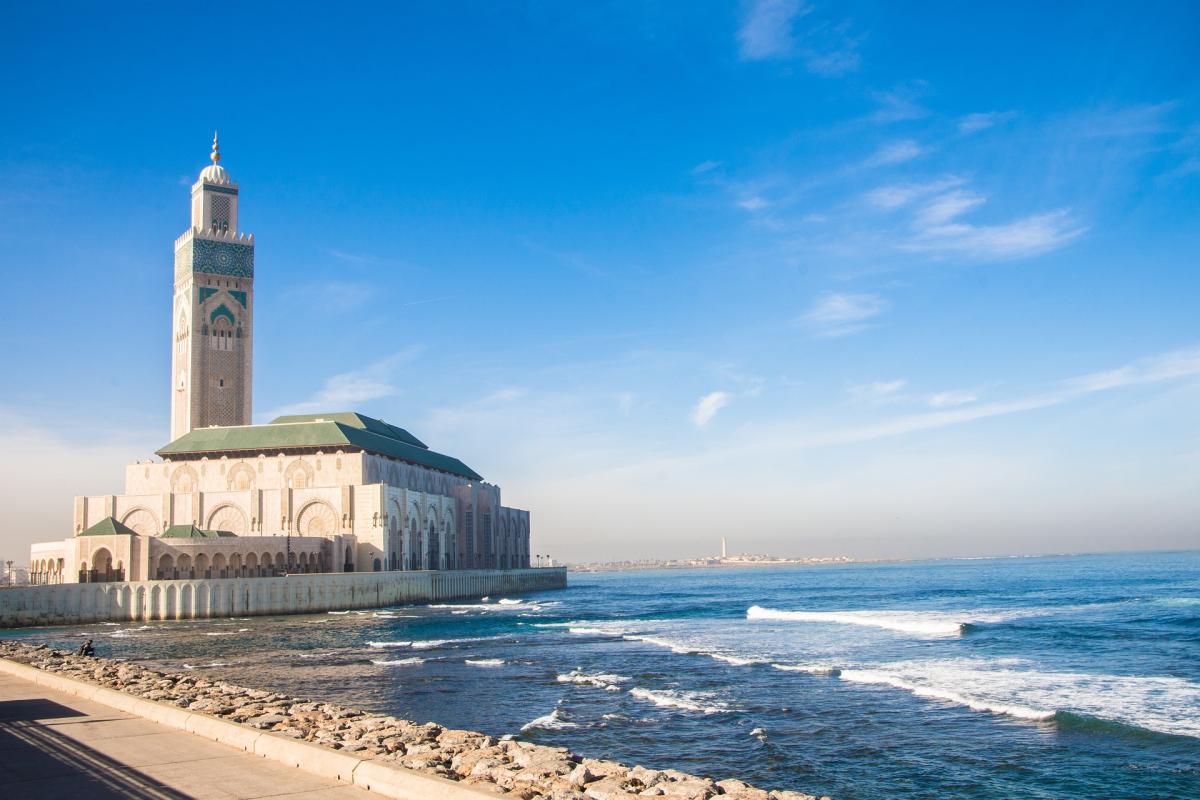
Morocco is a country of dazzling diversity, a place where the senses are awakened by the scent of spices in a bustling souk, the sight of the sun setting over the vast Sahara, the taste of sweet mint tea, and the ancient call to prayer echoing through a labyrinthine medina. It is a destination that offers...
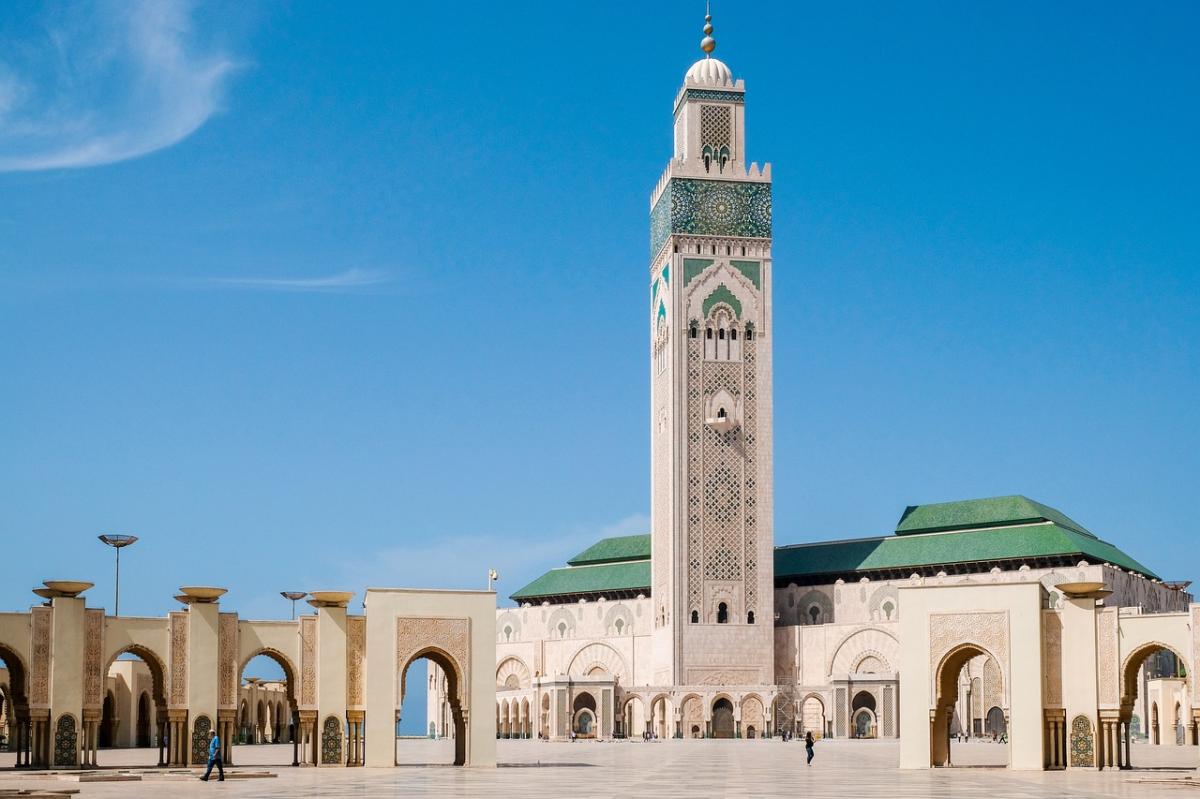
Morocco is a country that captivates the imagination of many travelers. It is a land of contrasts, where ancient and modern coexist, where mountains and deserts meet, where Arab and Berber cultures blend, and where Africa and Europe touch. Morocco is a place where you can experience the richness of history,...
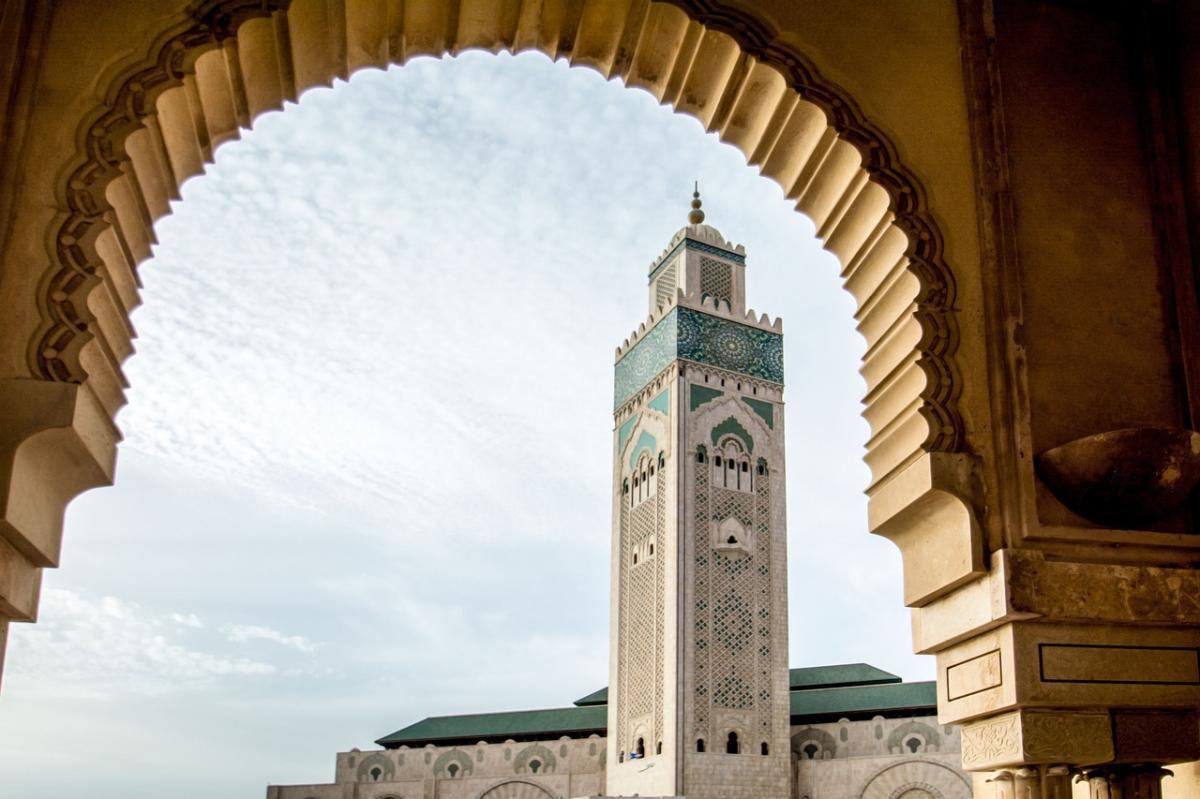
Casablanca is one of the most exciting cities in Morocco. It is a vibrant, lively city with plenty to offer visitors and locals alike. Situated on Moroccos Atlantic coast, Casablanca offers a unique blend of old-world charm and modern convenience that makes it an exciting place to explore. As the largest...